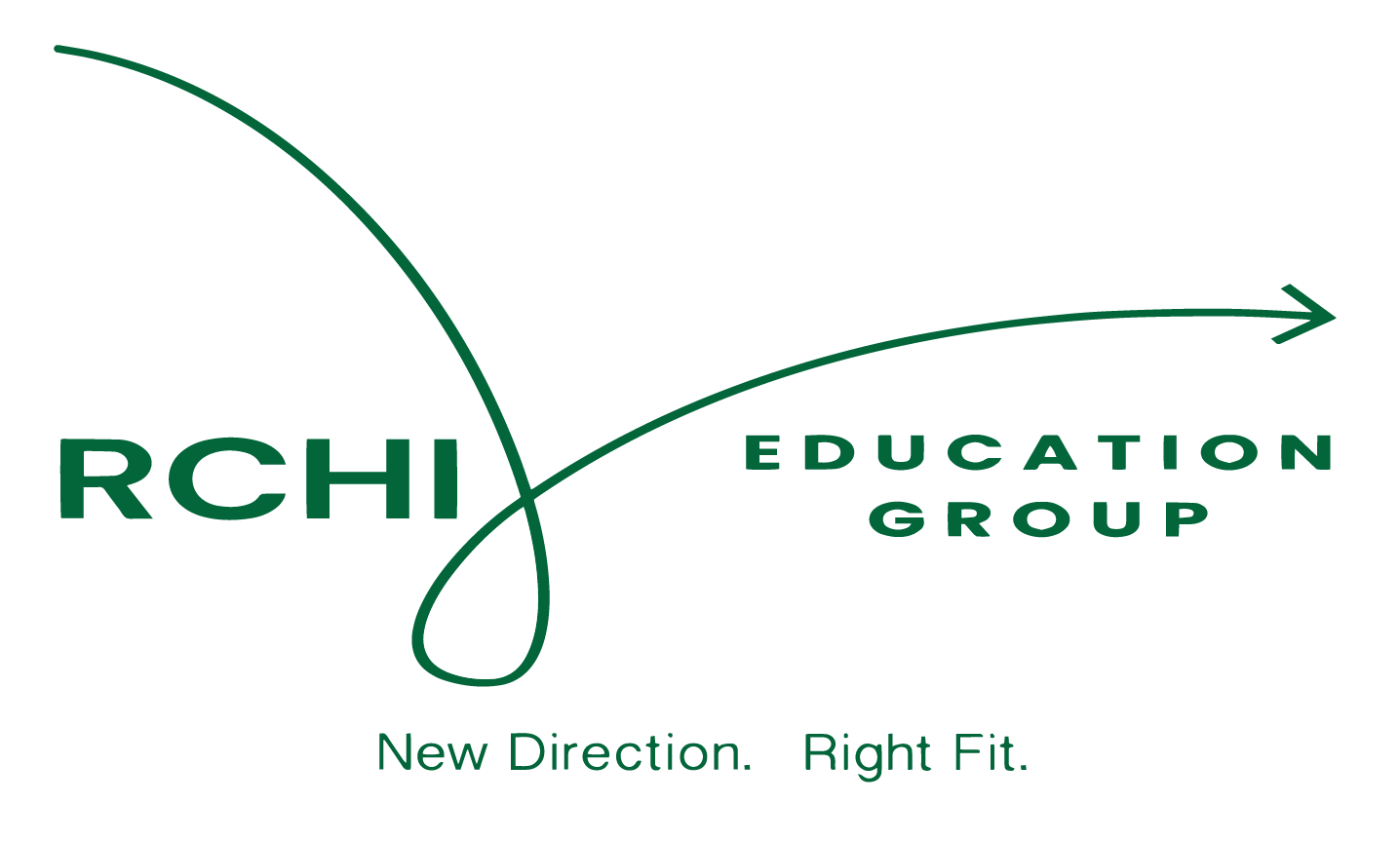Historically, the college application process has been a stressful aspect of a high school seniors world that is reserved for a short few weeks - first around the time of the traditional deadlines, and then again around the time when decisions are released. Students typically experience this period of time with a collective camaraderie, leaning on one another to work through their feelings, comforting one another through disappointment, and celebrating together upon the learning of good news.
The college admissions landscape has changed over the years - none more than the last two - but students are experiencing this longtime rite of passage differently. Why? Why are they unable to cope as well as they might have 5, 7 or 10 years ago? There are many possible explanations for this, but simply, it comes down to one word: pressure (read also: stress), from all angles. Don’t get me wrong, students who are following the path toward college have always felt pressure. For the most part, pressure has been a healthy aspect of the experience; it’s the driving force behind a student’s motivation academically as well as in formulating the plans needed to develop into a healthy, productive adult. Pressure is a vital part of everyone’s life and is experienced in many different ways - internally and externally. It is felt by each person uniquely, but usually within a range of tolerance. For our high school students, this tolerance is being eroded, and few students are able to withstand it as they used to.
The scapegoat is clear: COVID. To be fair, the pandemic has dramatically worsened the mental health crisis for high schoolers - but the crisis was slowly building years before 2020. So why are students in recent years unable to cope as well as before? What is different? Let’s examine what we know.
In 2009, more than 1 in 4 high school students experienced symptoms strong enough to be classified as depression, of which nearly 35% were female. Anxiety was occurring at a rate slightly higher for the same populations. By 2019, this number had increased by more than 40%, with girls being impacted the greatest, nearly half (46%) having experienced persistent feelings of hopelessness and sadness. While COVID may have dramatically increased the prevalence of mental health conditions in youth, it is clear from the data that this is a trend that began long before remote learning, lockdowns, and mandatory masks.
So what has driven the change during the last 12 years that might cause this smoldering mental health crisis? Let’s examine the statistics above for a moment. A few things occurred during these 10 years - the first is the use of the Common App, and subsequent ability for a student to easily apply to many schools seamlessly. The second is related to demographics - for decades, the number of women vs. men on college campuses has been greater, roughly 60/40 as of 2020, but the number of young women overtook young men in 2011 in terms of the number who have a college degree - a number that has since only grown, and makes sense from a mental health perspective, as illustrated in the paragraph before. Is something different about college the admission process itself, or the “social application environment” that is creating this unhealthy pressure, rather than an appropriate dose of “motivation-provoking” anxiety? If young women are the majority group applying to college and are also disproportionately being impacted adversely in terms of mental health, should we be examining the link between the two? Social forces on the application process have never really been studied, but the impact is clear. The college application environment in which students are experiencing and participating in has undergone substantial change, and although the admissions process is by and large the same, schools have modified their acceptance behavior as a result of economic, not academic and/or social forces.The tool for this behavior modification? Deadlines.

